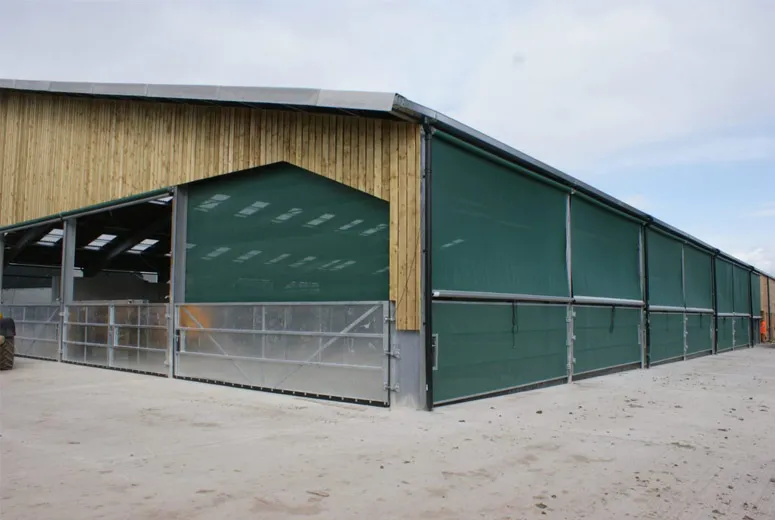- Afrikaans
- Albanian
- Amharic
- Arabic
- Armenian
- Azerbaijani
- Basque
- Belarusian
- Bengali
- Bosnian
- Bulgarian
- Catalan
- Cebuano
- Corsican
- Croatian
- Czech
- Danish
- Dutch
- English
- Esperanto
- Estonian
- Finnish
- French
- Frisian
- Galician
- Georgian
- German
- Greek
- Gujarati
- Haitian Creole
- hausa
- hawaiian
- Hebrew
- Hindi
- Miao
- Hungarian
- Icelandic
- igbo
- Indonesian
- irish
- Italian
- Japanese
- Javanese
- Kannada
- kazakh
- Khmer
- Rwandese
- Korean
- Kurdish
- Kyrgyz
- Lao
- Latin
- Latvian
- Lithuanian
- Luxembourgish
- Macedonian
- Malgashi
- Malay
- Malayalam
- Maltese
- Maori
- Marathi
- Mongolian
- Myanmar
- Nepali
- Norwegian
- Norwegian
- Occitan
- Pashto
- Persian
- Polish
- Portuguese
- Punjabi
- Romanian
- Russian
- Samoan
- Scottish Gaelic
- Serbian
- Sesotho
- Shona
- Sindhi
- Sinhala
- Slovak
- Slovenian
- Somali
- Spanish
- Sundanese
- Swahili
- Swedish
- Tagalog
- Tajik
- Tamil
- Tatar
- Telugu
- Thai
- Turkish
- Turkmen
- Ukrainian
- Urdu
- Uighur
- Uzbek
- Vietnamese
- Welsh
- Bantu
- Yiddish
- Yoruba
- Zulu
Nov . 06, 2024 20:50 Back to list
The Cost of Steel Structures A Comprehensive Overview
Steel structures are increasingly favored in construction due to their resilience, versatility, and economic benefits. Understanding the cost components associated with steel structures is crucial for contractors, architects, and project managers, as it helps in budget formulation and enhances decision-making. This article delves into the various factors that influence the cost of steel structures, providing insight into why steel is both a popular and prudent choice in modern construction.
Material Costs
The most significant factor in the overall cost of steel structures is the price of the steel itself. Steel prices fluctuate based on global demand, production rates, and raw material costs such as iron ore and scrap steel. As of 2023, the cost of steel has experienced variability, primarily influenced by trade policies, tariffs, and global market dynamics. Therefore, when planning a project, it’s essential to consider current market prices and trends to accurately estimate material costs.
Fabrication and Labor Costs
Once the steel is procured, it must be fabricated into specific shapes and sizes. Fabrication costs can vary depending on the complexity of the design, the type of steel used, and the technological advancements employed in the process. For instance, the cost of fabricating standard beams is usually less than that of creating custom profiles or intricate designs.
Labor costs, another critical component, include the skilled workforce needed for the cutting, welding, and assembling of steel structures. The location of the project also plays a significant role in labor costs, as wages can vary significantly from one region to another.
Design and Engineering Expenses
steel structure cost

Design and engineering fees contribute to the overall cost of steel structures as well. This includes architectural design, structural engineering, and any specialized design work needed to meet local building codes and regulations. Investing in good design not only enhances the functionality and aesthetics of the structure but can also lead to cost savings in the long term through improved efficiency and sustainability.
Transportation and Logistics
Transportation costs for steel components are another factor that must be considered. Steel is heavy, and transporting it from the fabrication site to the construction site can add substantial costs, especially if the distance is great or if the project requires large quantities of materials. Moreover, if the site is difficult to access, logistics can become even more complex and expensive.
Maintenance and Lifecycle Costs
While the initial costs of steel structures may be substantial, it's also important to consider lifecycle costs, including maintenance. Steel is renowned for its durability and resistance to environmental conditions; however, it still requires maintenance to prevent issues such as corrosion. Regular maintenance can prolong the life of a steel structure and minimize replacement costs in the future.
Conclusion
In conclusion, while the cost of steel structures can vary significantly based on multiple factors, they remain a popular choice in the construction industry due to their strength, flexibility, and longevity. By understanding the various cost components, stakeholders can make informed decisions that align with their project goals and budgetary constraints. Investing time in planning and quality design can lead to substantial savings and enhanced performance throughout the structure's lifecycle.
-
How Do Prefabricated Steel Structures Transform Modern Construction?
NewsJul.14,2025
-
How Do Prefabricated Metal Buildings Redefine Modern Construction?
NewsJul.14,2025
-
How Do Prefab Insulated Metal Buildings and Steel Structures Revolutionize Modern Construction?
NewsJul.14,2025
-
How Do Pre - Engineered Steel Structures Redefine Modern Construction?
NewsJul.14,2025
-
Advancing Modular Construction with Prefabricated Metal Structures
NewsJul.14,2025
-
Advancing Industrial Infrastructure with Prefabricated Steel Solutions
NewsJul.14,2025
Products categories
Our Latest News
We have a professional design team and an excellent production and construction team.












